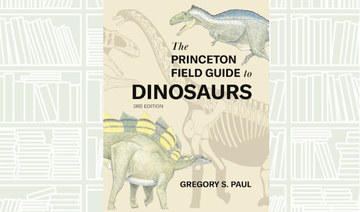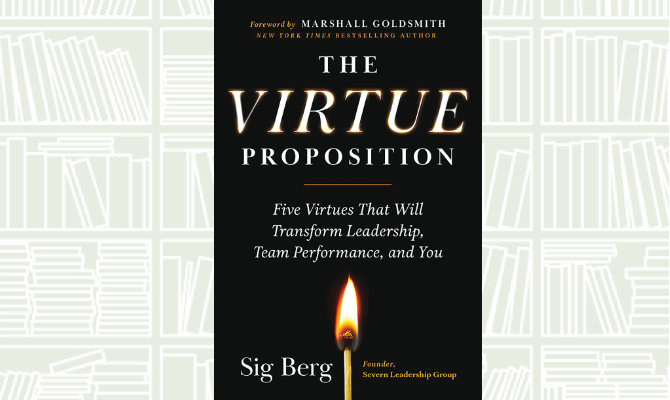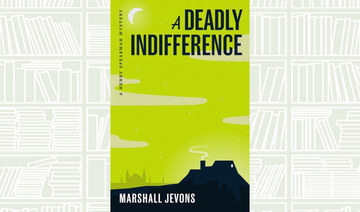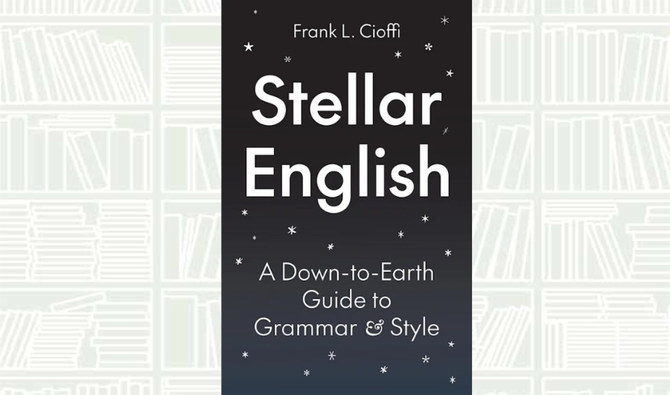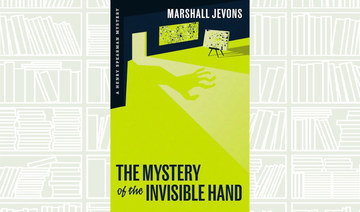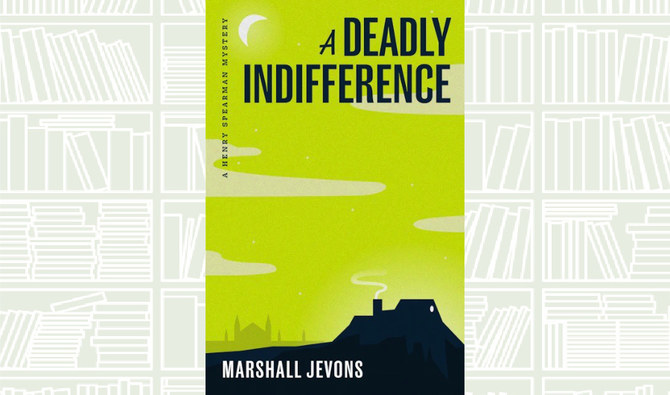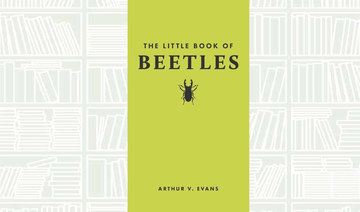Sargent, Whistler, and Venetian Glass presents a broad exploration of American engagement with Venice’s art world in the late 19th century. During this time, Americans in Venice not only encountered a floating city of palaces, museums, and churches, but also countless shop windows filled with dazzling specimens of brightly colored glass. Though the Venetian island of Murano had been a leading center of glass production since the Middle Ages, productivity bloomed between 1860 and 1915.
This revival coincided with Venice’s popularity as a destination on the Grand Tour, and resulted in depictions of Italian glassmakers and glass objects by leading American artists. In turn, their patrons visited glass furnaces and collected museum-quality, hand-blown goblets decorated with designs of flowers, dragons, and sea creatures, as well as mosaics, lace, and other examples of Venetian skill and creativity.







